Learn how you can create a marketing campaign using AI
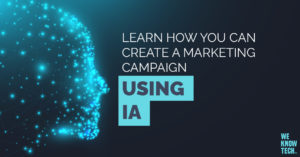
Artificial intelligence has great potential to revolutionize many areas and marketing is one of the most promising. Along with other trends such as omnichannel, AI-driven marketing is one of the most effective bets for companies to ensure that they remain relevant for years to come. The application of artificial intelligence is being particularly intense, allowing disciplines such as loyalty marketing and relationship marketing to be taken to new levels.
Today, marketing professionals are already taking advantage of Artificial Intelligence technology for their business strategies. According to a recent report by Hubspot, more than 80% of industry experts use some form of AI in their online activities, in addition to mentioning advertising as one of the main application examples. The market for AI in Marketing is estimated at US$15.84 billion, with a projection to reach more than US$107.5 billion by 2028.
In this scenario, it makes sense that companies find different challenges when implementing AI in the development of a marketing campaign. Here are some of them to take into account:

The effective implementation of AI requires experience and specialized knowledge in the field. Companies may not have internal staff with AI expertise, which can make it difficult to understand algorithms.

AI is data-driven, so one of the main challenges is making sure you have access to quality and relevant data.

AI is a constantly evolving field, and keeping up with advances and changes can be challenging.

Although AI can provide powerful analysis and results, correctly interpreting those results can be tricky. AI can generate patterns and correlations, but it is important to understand the context and relevance of these findings. It is necessary to have marketing professionals who are able to analyze and use the results of AI effectively to make informed and strategic decisions.
Artificial Intelligence will have an impact in the marketing area since it will be able to segment audiences, manage advertising campaigns and efficiently build strategies. Under this paradigm, marketing professionals play a key role in the effective implementation of AI-based solutions, especially in information analysis, brand identity recognition, data interpretation, monitoring results for continuous improvement, among others.
With the optimal development of the campaign you can achieve effective personalization, which thanks to artificial intelligence allows you to analyze large volumes of customer data and generate detailed profiles. Likewise, AI algorithms can identify more precise and relevant customer segments and thus perform real-time monitoring and analysis of the results of marketing campaigns.
In this context let’s see 7 key points to take into account when building an optimal marketing campaign using AI:

Clearly define the goals of your marketing campaign. For example, you need to be able to increase brand awareness, generate leads or increase sales. A useful tool in this context is Acquisio, since it helps to establish clear goals, which will allow you to measure the success of your campaign, since it is a results marketing platform that will optimize search and social display campaigns and obtain maximum performance from local search campaigns.

To get the most out of AI, you will need data analysis tools. These tools will help you identify patterns, trends, and customer segments relevant to your campaign. Some popular options include Google Analytics, Salesforce CRM, and Adobe Analytics.
Using the information collected and analyzed, create detailed profiles of your target customers. These profiles will help you better understand your audience and personalize your marketing messages and strategies. With tools like Twilio Segment you can leverage customer data to fuel personalized communications across all channels.
AI is driven by data, so it’s essential that you collect and organize all the data relevant to your campaign. This may include demographic data, customer behavior data, social media data, past transaction data, etc.
Use AI techniques, such as machine learning and natural language processing (NLP), to analyze your data and obtain useful information. You can use machine learning algorithms to predict customer behavior, identify similar customer segments, or personalize your marketing messages.
AI is a constantly evolving process. As you collect more data and learn more about your audience, you can adjust and optimize your campaigns.
Use marketing automation tools to implement your AI-based strategies. These tools will allow you to send personalized messages, track leads, schedule social media posts, and measure the performance of your campaigns.
Remember that a successful implementation of an AI-based marketing campaign requires time, effort, and adequate resources. It is also important to consider privacy and ethics when using customer data.
At Isource marketing, we believe that AI is a powerful tool to help our clients and prospects achieve their goals. By leveraging the capabilities of AI, we are able to deliver precise targeting and personalization, efficient automation, deep data analysis, and continuous optimization. By strategically embracing AI, we can deliver innovative and effective solutions that drive our clients’ success in the world of marketing.

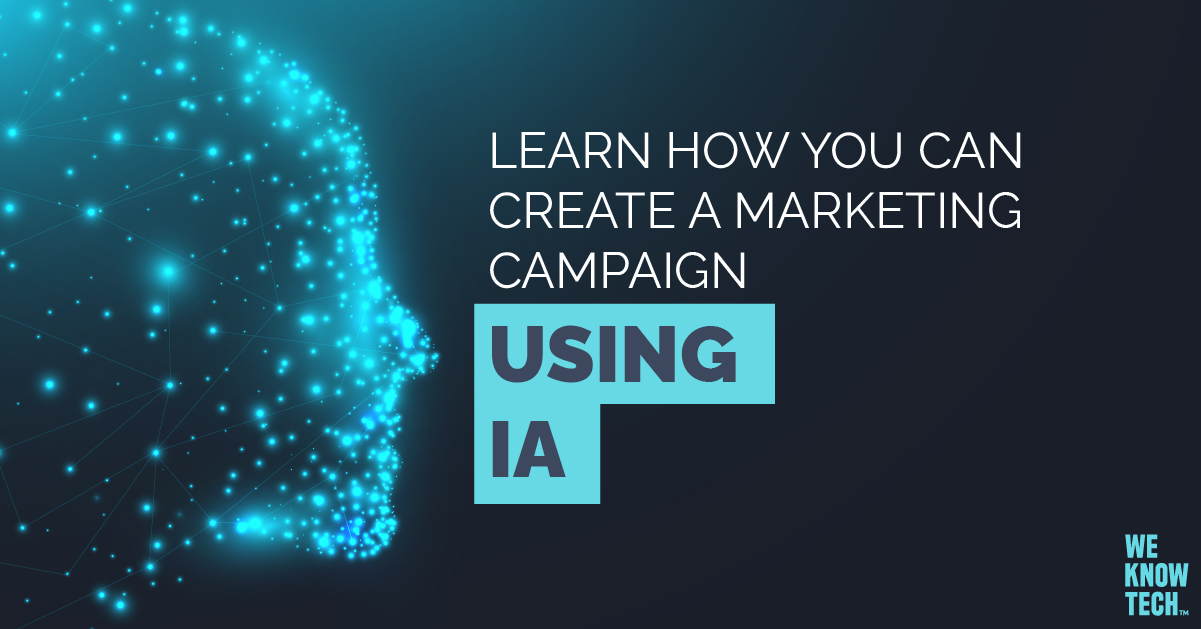






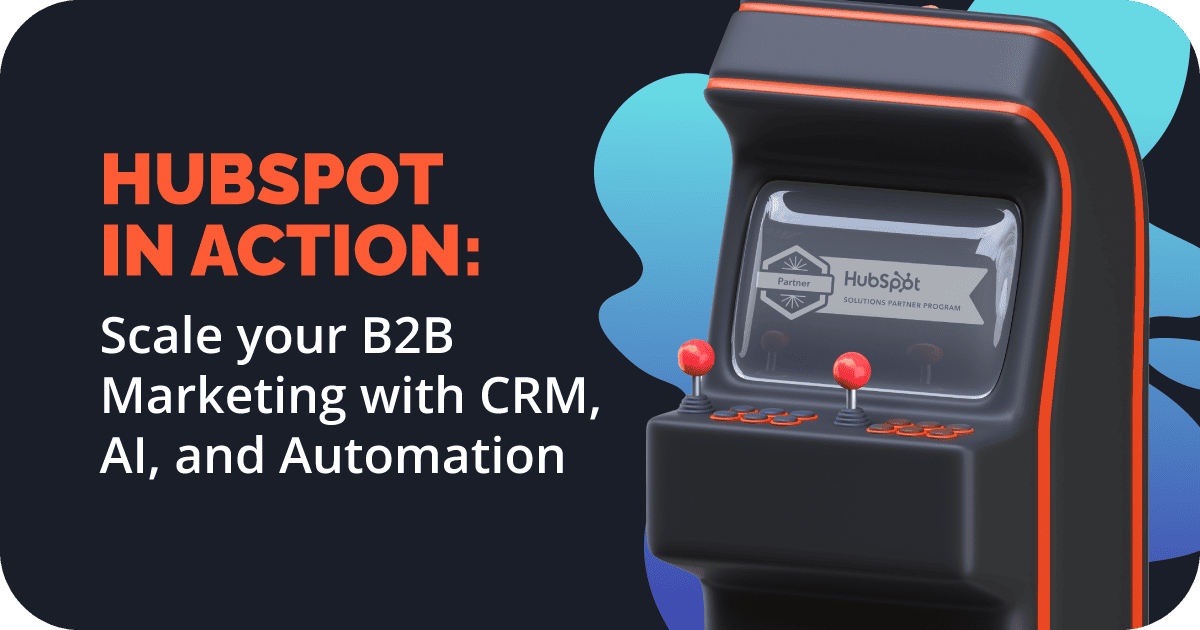
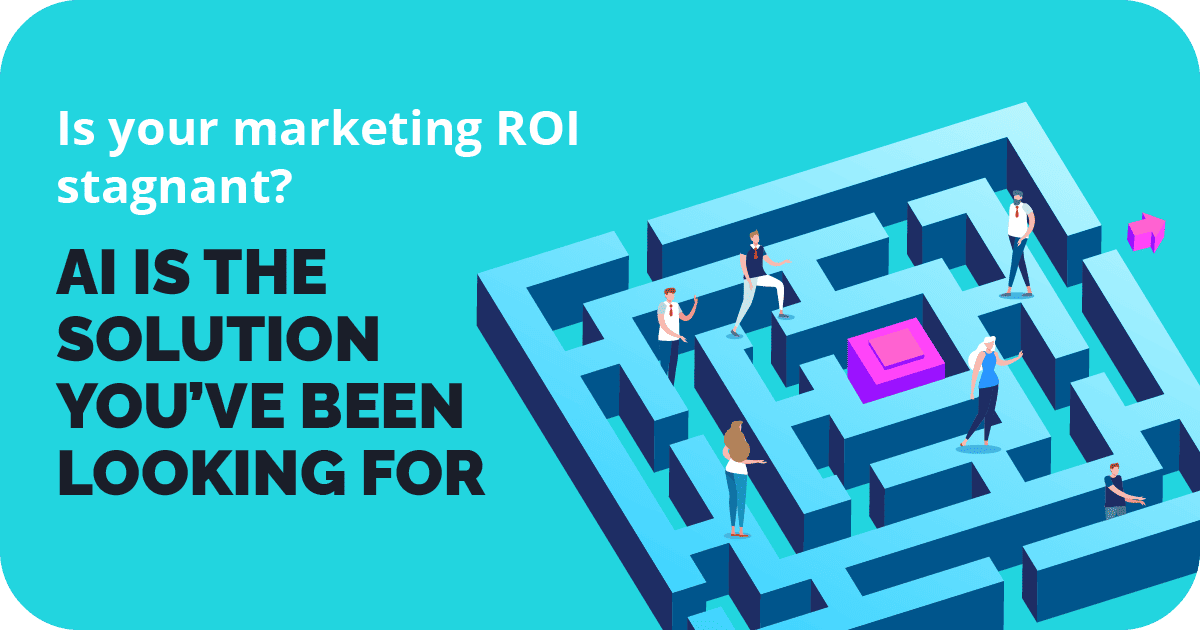
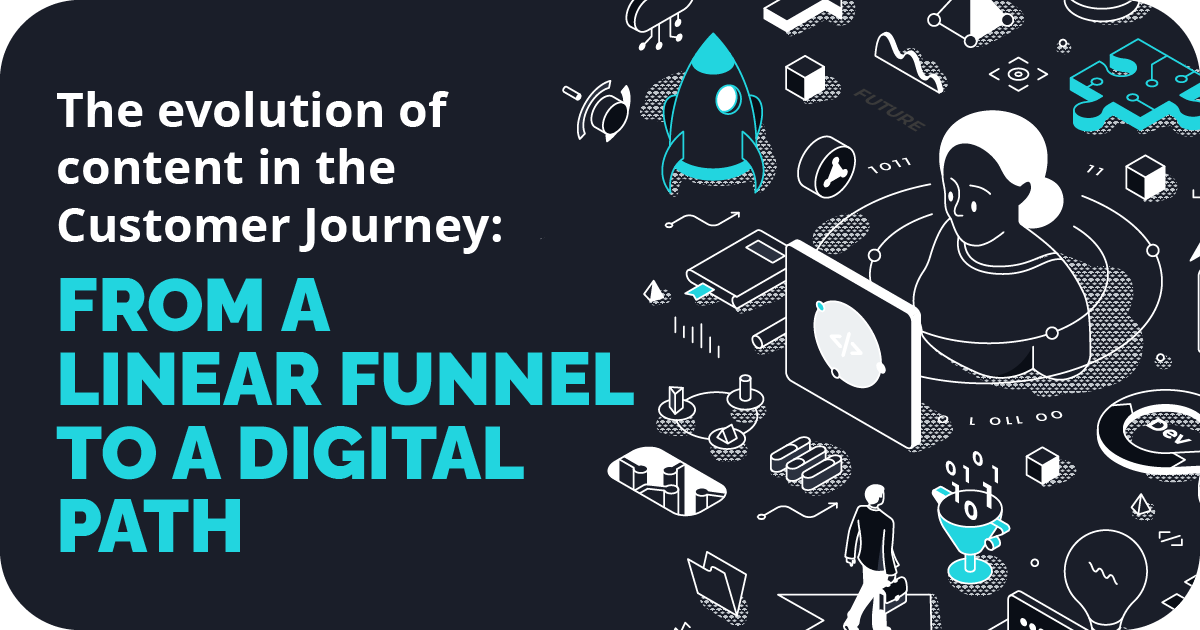
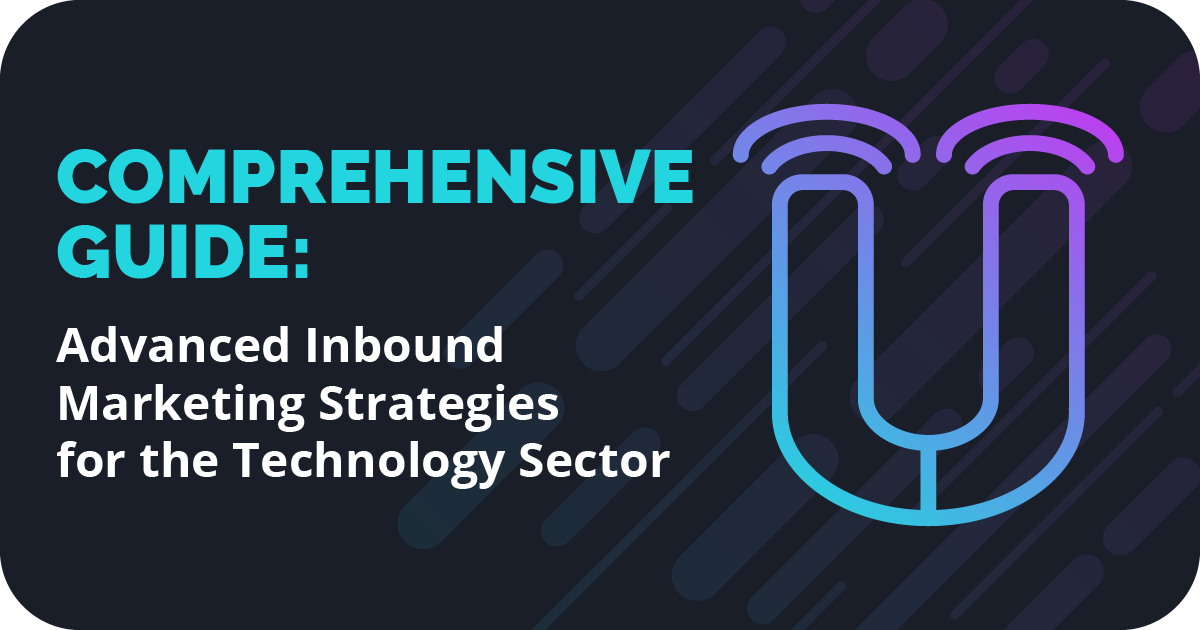
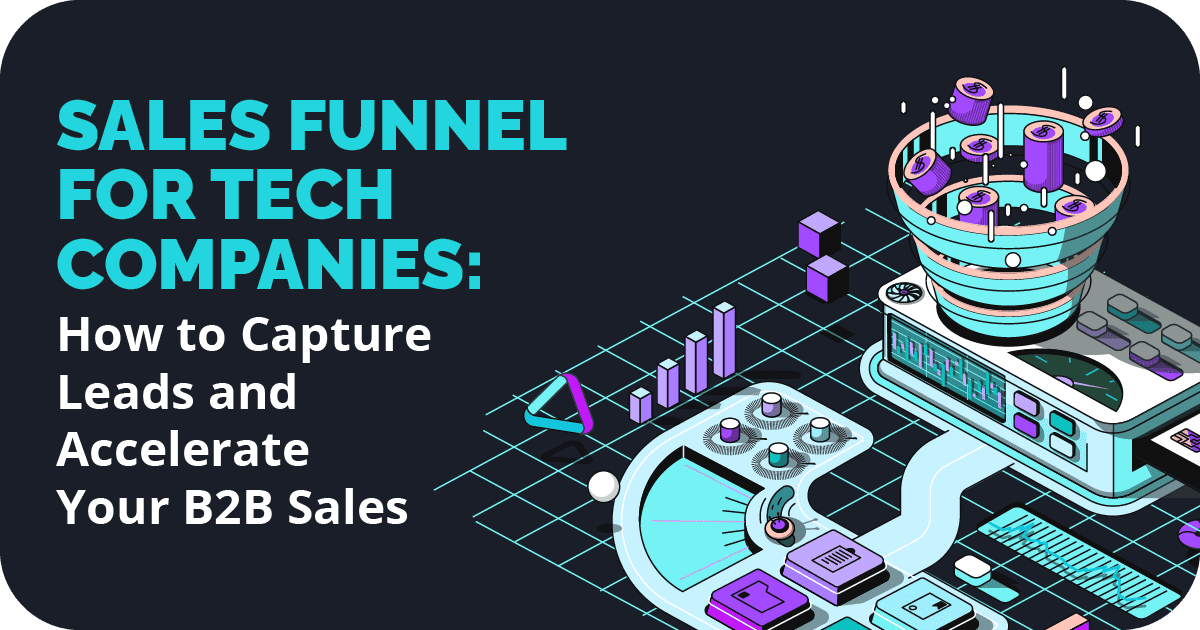
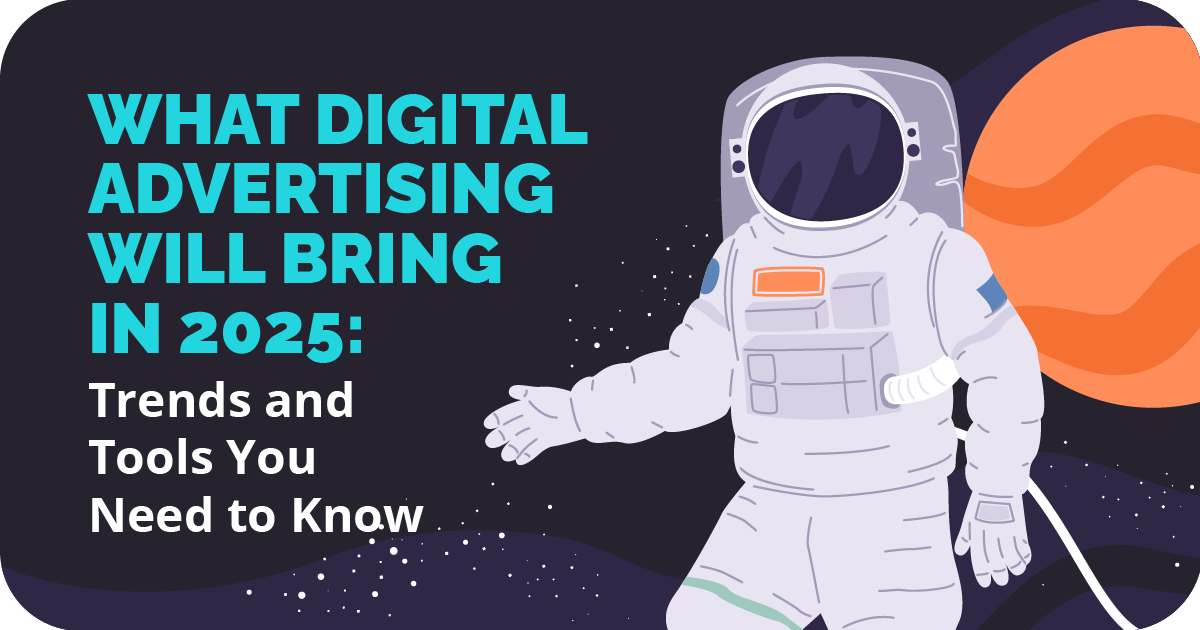
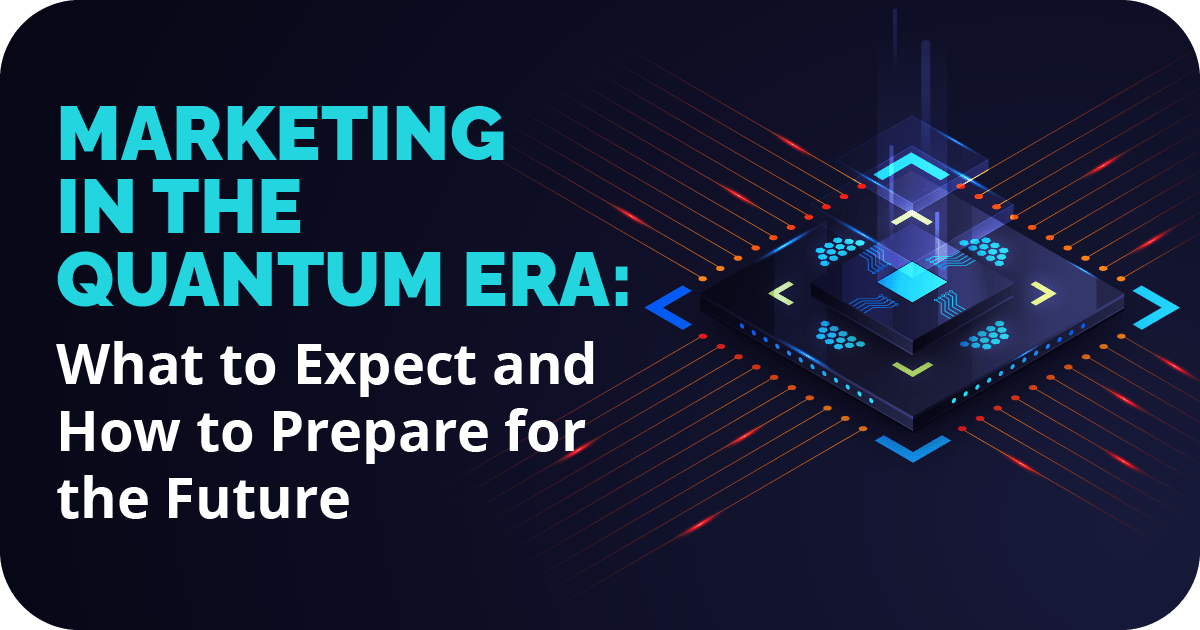
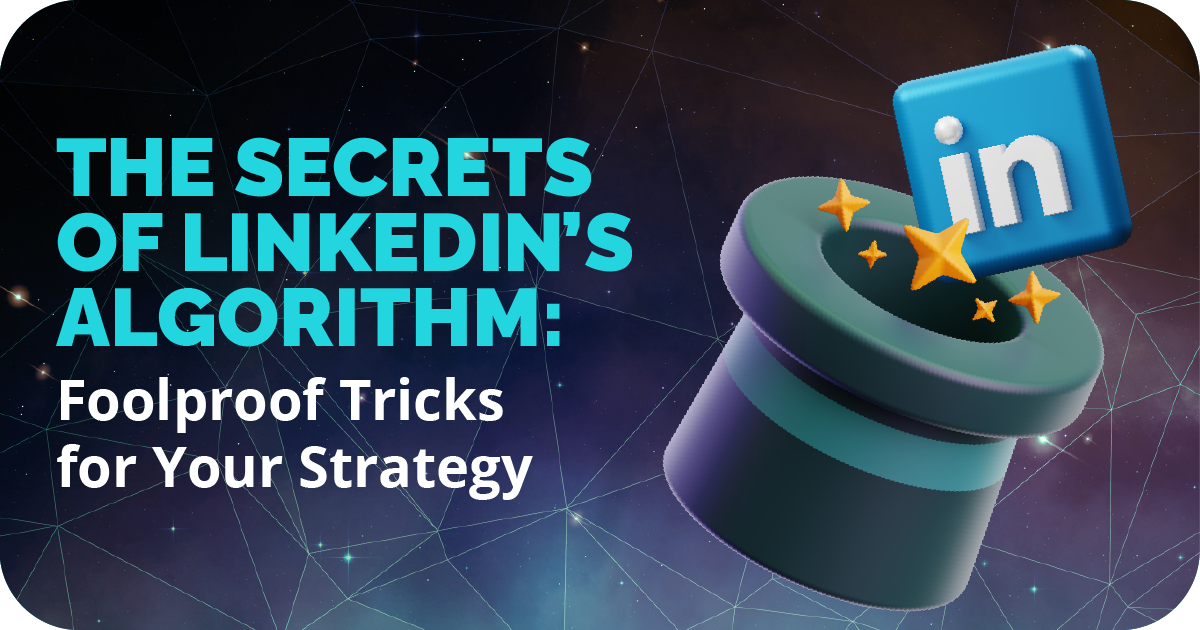

 Customer prospecting is of the utmost importance for any business. In the case of companies in the Business to Business (B2B) sector, the rationale is that their target audiences are more rational, specialized, and informed compared to those in the Business to Consumer (B2C) market, which requires a methodical, analytical, and a very orderly segmentation process. This comment is especially relevant after understanding that, according to
Customer prospecting is of the utmost importance for any business. In the case of companies in the Business to Business (B2B) sector, the rationale is that their target audiences are more rational, specialized, and informed compared to those in the Business to Consumer (B2C) market, which requires a methodical, analytical, and a very orderly segmentation process. This comment is especially relevant after understanding that, according to 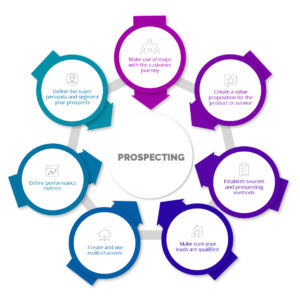

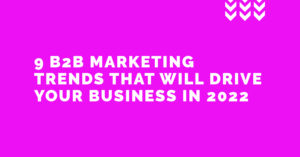 2020 and 2021 were challenging years for society and the global economy, but there is no denying the opportunities created by the digital revolution’s acceleration, particularly for enterprises in the Business to Business (B2B) sector and their sales and marketing areas. According to a
2020 and 2021 were challenging years for society and the global economy, but there is no denying the opportunities created by the digital revolution’s acceleration, particularly for enterprises in the Business to Business (B2B) sector and their sales and marketing areas. According to a 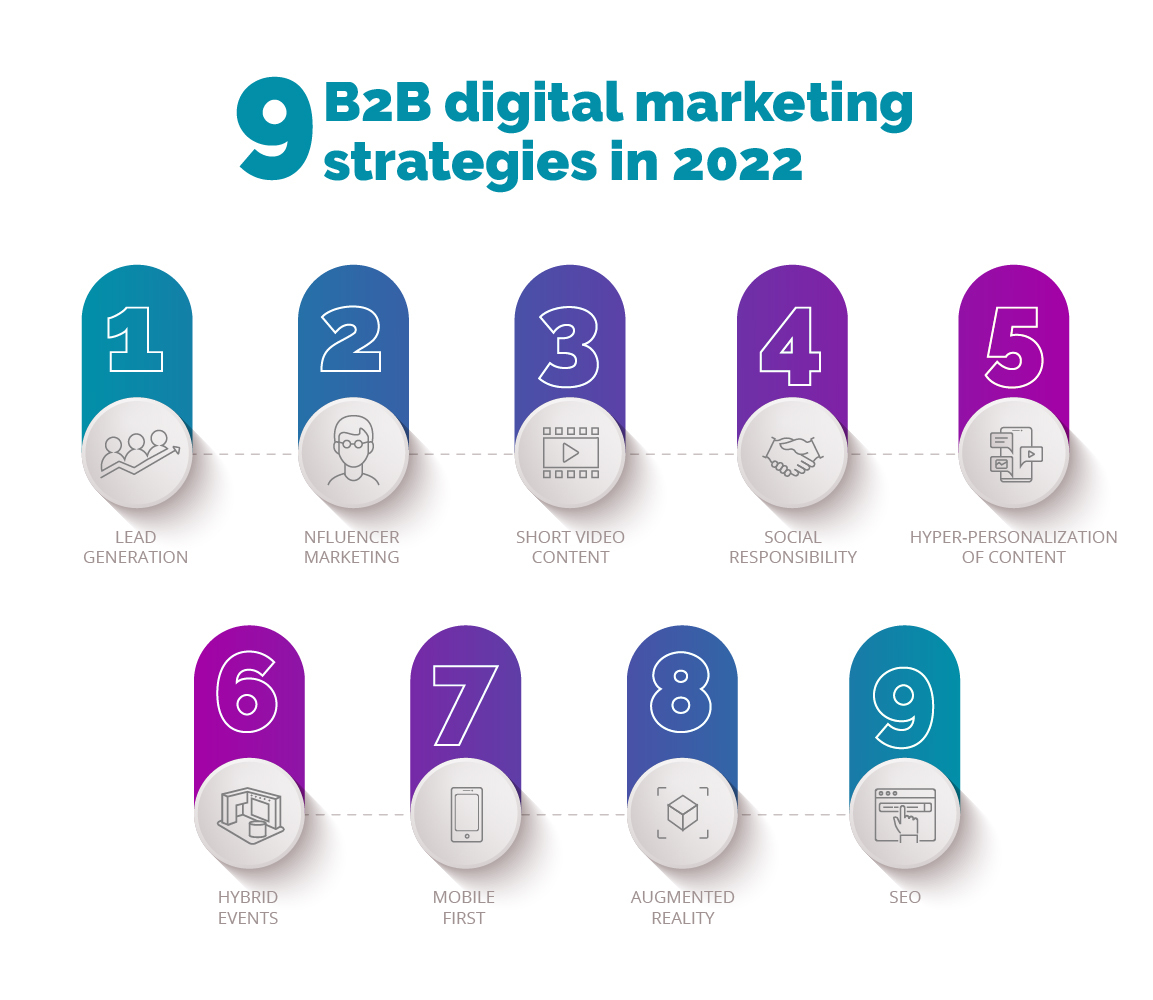 We hope you found our review of Digital Marketing Trends for 2022 beneficial; at the end of the day, it is part of our expertise in being the strategic B2B partner you need in this challenging year. At Isource Marketing we specialize in developing customized marketing strategies according to the needs of your business and adapted to the market. You can contact us by clicking
We hope you found our review of Digital Marketing Trends for 2022 beneficial; at the end of the day, it is part of our expertise in being the strategic B2B partner you need in this challenging year. At Isource Marketing we specialize in developing customized marketing strategies according to the needs of your business and adapted to the market. You can contact us by clicking 
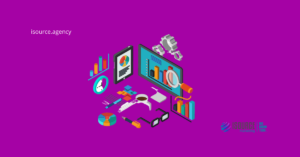 Startups are a leading business model that drives innovation and economic growth worldwide. Each year, new types of products and services are created by startups. They serve as a great example of entrepreneurial creativity and ambition, as well as the emergence of ground-breaking concepts. Unfortunately, marketing is not one of their strong suits. And it’s understandable: most of them got their start not by writing case studies and sending emails but by building cutting-edge technology. Not to mention that traditionally, digital marketing was only available to large corporations in the B2B (business-to-business) and B2C (business-to-consumer) sectors.
Startups are a leading business model that drives innovation and economic growth worldwide. Each year, new types of products and services are created by startups. They serve as a great example of entrepreneurial creativity and ambition, as well as the emergence of ground-breaking concepts. Unfortunately, marketing is not one of their strong suits. And it’s understandable: most of them got their start not by writing case studies and sending emails but by building cutting-edge technology. Not to mention that traditionally, digital marketing was only available to large corporations in the B2B (business-to-business) and B2C (business-to-consumer) sectors. 
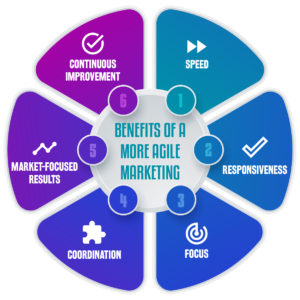
 A company in the financial sector in Ecuador decided to start its process of adopting agility with Isource Marketing, to improve its position in the financial sector. The entity started with the incorporation of the methodologies in its innovation team, forming agile teams that generated new products and services to meet the needs of its customers more effectively. However, they encountered an internal bottleneck: response times and quality of Marketing deliverables -a key step for the project- were not as expected. For this reason, they decided to hire our services with the aim of understanding and strategizing the current situation of the team by creating the ideal path in the adoption of agile marketing, which consisted of five phases: Identification and advice, solution, training to the Marketing area, adoption and evaluation/optimization.
A company in the financial sector in Ecuador decided to start its process of adopting agility with Isource Marketing, to improve its position in the financial sector. The entity started with the incorporation of the methodologies in its innovation team, forming agile teams that generated new products and services to meet the needs of its customers more effectively. However, they encountered an internal bottleneck: response times and quality of Marketing deliverables -a key step for the project- were not as expected. For this reason, they decided to hire our services with the aim of understanding and strategizing the current situation of the team by creating the ideal path in the adoption of agile marketing, which consisted of five phases: Identification and advice, solution, training to the Marketing area, adoption and evaluation/optimization.